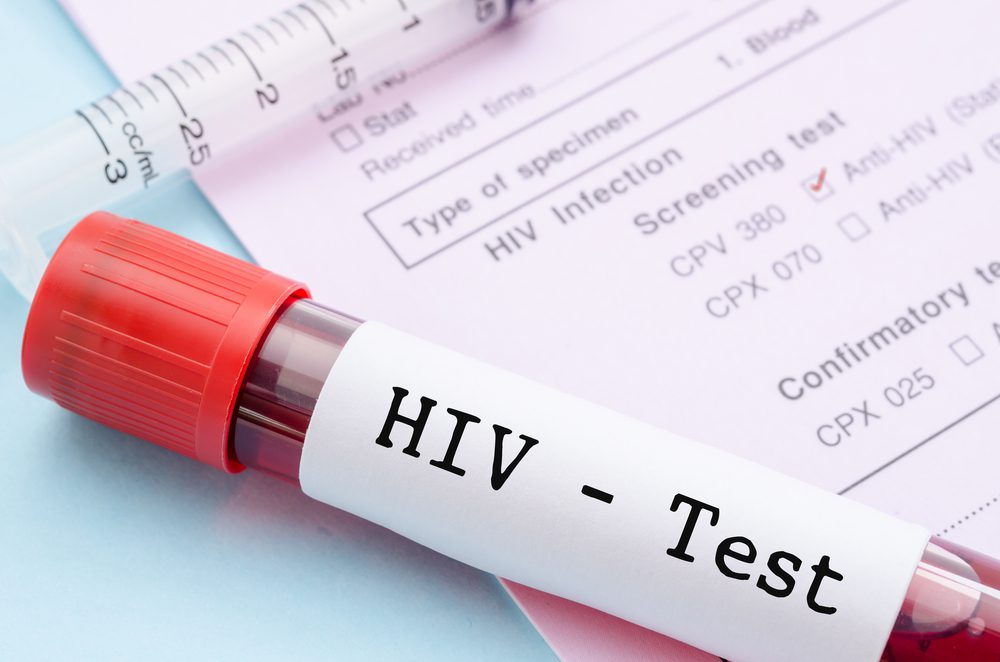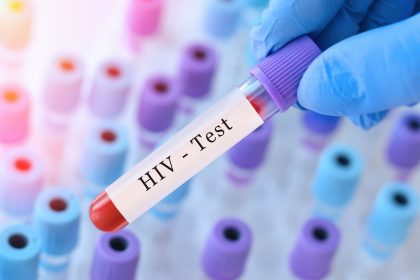Psoriatic arthritis represents a complex intersection of immune dysfunction where inflammation targets both skin and joints, creating a condition that challenges patients and clinicians alike. This autoimmune disorder manifests through various symptoms that can significantly alter the quality of life, requiring comprehensive management strategies tailored to individual experiences.
The dual nature of psoriatic arthritis
The inflammatory cascade begins when the immune system incorrectly identifies healthy cells as foreign invaders. For approximately 85% of patients diagnosed with psoriatic arthritis, the skin manifestations of psoriasis emerge first, with joint symptoms typically developing 7-10 years after initial skin presentations. This progressive pattern creates a diagnostic window that, when recognized early, can lead to more effective interventions.
The condition affects approximately 1 million Americans, with prevalence rates showing equal distribution between men and women, though genetic predisposition plays a significant role in determining individual risk. Environmental triggers, including infections and physical trauma, can activate the disease in those genetically susceptible.
Recognizing the spectrum of symptoms
The clinical presentation of psoriatic arthritis varies dramatically across patients, creating diagnostic challenges that often delay proper treatment. The hallmark skin plaques present as elevated, reddened patches covered with silvery-white scale, commonly appearing on extensor surfaces such as elbows and knees, while also affecting the scalp and intergluteal regions.
Joint involvement follows distinctive patterns, with asymmetric oligoarticular arthritis being most common in early disease stages. As the condition progresses, symmetrical polyarthritis resembling rheumatoid arthritis may develop. The distal interphalangeal joints often show involvement, distinguishing this condition from other forms of inflammatory arthritis.
Dactylitis, the characteristic “sausage-like” swelling of digits, represents a distinctive feature affecting approximately 40% of patients. This diffuse swelling results from inflammation of both joints and surrounding tendons, creating significant functional limitations.
Nail dystrophy manifests in 80% of cases, presenting as pitting, onycholysis, or hyperkeratosis. These changes often correlate with underlying joint disease, particularly when distal interphalangeal joints are involved, creating a diagnostic clue for clinicians evaluating undifferentiated arthritis.
Enthesitis, inflammation at tendon and ligament insertion sites, creates pain points typically located at the Achilles tendon, plantar fascia, and pelvic structures. This feature distinguishes psoriatic arthritis from other inflammatory joint conditions and contributes significantly to disability when inadequately treated.
Treatment paradigms and management strategies
The therapeutic approach to psoriatic arthritis has evolved substantially, moving from symptom management toward targeted disease modification. Current treatment algorithms emphasize early intervention to prevent irreversible joint damage and preserve functional capacity.
Non-pharmacological interventions include physical therapy regimens focusing on joint protection principles, strengthening exercises, and range-of-motion preservation. Occupational therapy assessment can identify appropriate assistive devices and environmental modifications to maintain independence despite functional limitations.
Pharmacological management begins with non-steroidal anti-inflammatory drugs for mild cases, though these agents address symptoms without modifying disease progression. For moderate to severe disease, conventional synthetic disease-modifying antirheumatic drugs like methotrexate remain first-line agents despite limited evidence specifically for psoriatic arthritis.
Biological therapies have revolutionized treatment outcomes, with tumor necrosis factor inhibitors demonstrating efficacy for both skin and joint manifestations. Newer targeted therapies including interleukin-17 inhibitors, interleukin-23 inhibitors, and Janus kinase inhibitors provide additional options for patients with inadequate response to traditional agents.
The treatment landscape increasingly adopts a treat-to-target approach, where therapy adjustments continue until achieving minimal disease activity across multiple domains including joint counts, skin clearance, and functional metrics. This strategy has demonstrated superior outcomes compared to standard care, though implementation remains challenging in resource-limited settings.
Lifestyle modifications and self-management
Daily management techniques extend beyond medication to encompass comprehensive lifestyle modifications that can significantly impact disease activity. Weight management represents a critical intervention, as each unit decrease in body mass index correlates with improved treatment response across all therapeutic classes.
Anti-inflammatory dietary patterns, particularly those emphasizing omega-3 fatty acids, polyphenols, and minimizing processed foods, show promising results in observational studies, though randomized controlled trials remain limited. Mediterranean diet components may offer particular benefit, reducing inflammatory markers and improving symptom control.
Regular physical activity provides multifaceted benefits, reducing pain, improving function, and enhancing psychological well-being. Low-impact exercises including swimming, cycling, and modified yoga programs offer cardiovascular benefits while minimizing stress on affected joints.
Stress management techniques including mindfulness-based stress reduction programs demonstrate effectiveness in reducing perceived pain levels and improving quality of life metrics. The bidirectional relationship between psychological distress and inflammation creates a therapeutic opportunity through addressing both physiological and psychological aspects of the condition.
Navigating potential complications
Long-term disease implications extend beyond joints and skin, with evidence indicating heightened cardiovascular risk that approaches that seen in rheumatoid arthritis. Systemic inflammation contributes to accelerated atherosclerosis, requiring vigilant screening and management of traditional cardiovascular risk factors.
Ocular involvement affects approximately 30% of patients, with uveitis representing the most common manifestation. Regular ophthalmologic screening becomes particularly important for patients with severe skin disease, as this demographic shows increased risk for sight-threatening complications.
Inflammatory bowel disease co-occurs in approximately 10% of psoriatic arthritis patients, with symptom overlap creating diagnostic challenges. Gastrointestinal symptoms warrant thorough evaluation, particularly before initiating therapies that might exacerbate underlying bowel pathology.
Persistent inflammation leads to progressive joint destruction when inadequately controlled, with radiographic progression evident in approximately 47% of patients within two years of symptom onset. This underscores the urgency of early diagnosis and aggressive treatment to preserve joint architecture and function.
For individuals experiencing unexplained joint pain, especially those with established psoriasis or family history of the condition, prompt evaluation by a rheumatologist can significantly alter disease trajectory. The window for preventing irreversible damage narrows with each month of active, untreated disease, making timely intervention perhaps the most critical factor in long-term outcomes.
















